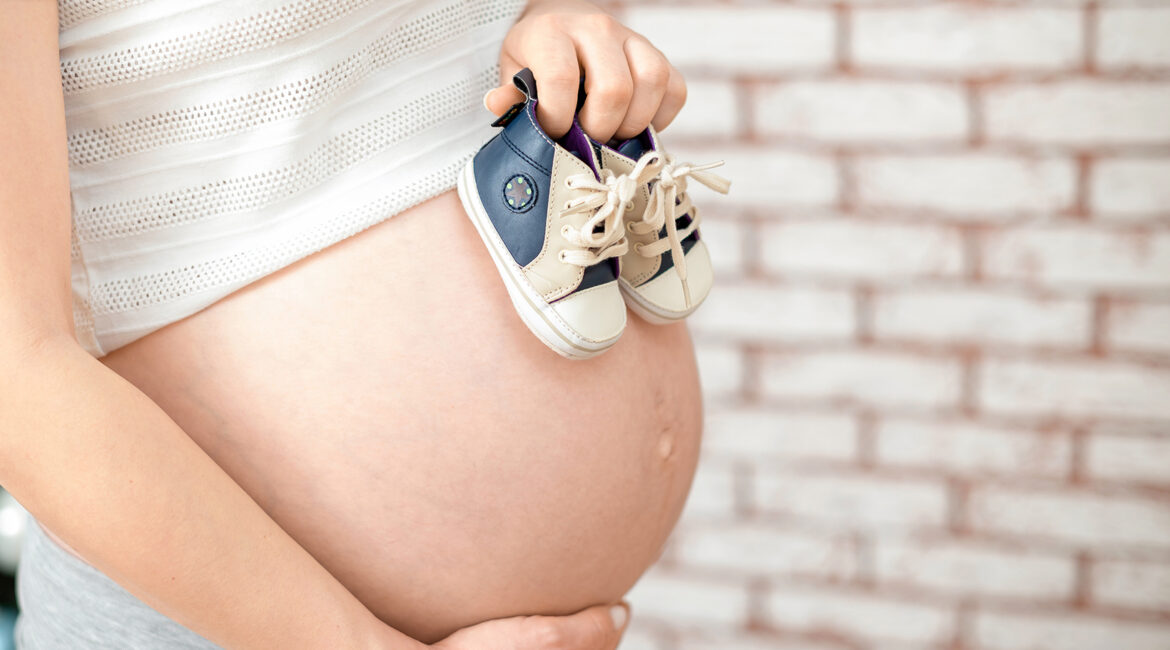It is interesting to note that two U.S. studies have revealed that the insula and amygdala regions of the brain are enlarged in the early months of gestation in autistic children, but further research is needed.
The complicated mosaic which explains (or, at least, attempts to explain) autism now has a couple more pieces to support the currently prevalent idea that this complex condition originates much earlier than previously thought.
Autism is a neurodevelopmental disorder which can cause issues with communication, cognitive function, awareness and emotional perception.
In particular, according to a study recently presented by neonatologists and neurologists at Harvard University (USA), abnormalities arise during pregnancy, while according to another study published a few days earlier, it is possible to see that something is not right from the very first months of life and not, as previously thought, only after 18 months.
Another study found that the risk of an autism diagnosis for children conceived less than one year following a sibling’s birth was one and a half times higher than those conceived 24-59 months after a sibling’s birth.
In addition, children conceived from 60 months to120 months after their siblings were 30% more likely to be diagnosed with autism. Finally, the study concluded that for children born two years after the birth of their closest sibling, the risk of autism and Asperger’s syndrome rose to 40%.
The child psychiatry study took into account other factors which might contribute to autism as well, including both parents’ ages, the prior number of siblings and each child’s family history of autism and Asperger’s, which has already been linked to genetics.
Two enlarged areas of the brain are among the symptoms of autism
The Harvard University research was presented at the American Association for Anatomy meeting on experimental biology.
The US scientists explained what they found by examining MRI scans of 39 fetuses in the womb, with an average gestational age of 25 weeks, at the Boston Children’s Hospital. Nine of these children were diagnosed as autistic in the following months/years.
By comparing the images with those of a sophisticated digital archive charting the development of the brain from the earliest days of fetal life, the researchers highlighted a number of unique features in autistic babies compared to others: firstly, an enlarged area called the insula lobe (seen as early as 25 weeks) which is linked to the processing of sensory stimuli, socialization and decision-making processes, appeared larger than that of all other fetuses.
Focus on a second area
This confirms a number of observations linked to adults with autism, in whom the same area of the cortex is enlarged.
MRI scans also showed an increase in volume in the amygdala, another area located deep inside the brain responsible, among other things, for processing emotions and interpreting the facial expressions of others.
This hypertrophism, as it is known in technical terms, had already been discovered a few years ago in school age autistic children. But that is not all…
An enlarged amygdala is the ideal basis of a second study, published in the American Journal of Psychiatry by researchers at the University of North Carolina in Chapel Hill.
Over a thousand MRI scans of 408 new-borns were analyzed, 270 of which were at risk because they were siblings of autistic children (58 of whom went on to develop the condition).
Researchers were thus able to demonstrate that the amygdala was normal in babies destined to become autistic up to 6 months, but between 6 and 12 months they began to see enlargement, before the clinical manifestations of the condition.
The amygdala continued to grow up to 12-24 months, the age at which the first interpersonal difficulties usually appear.
Moreover, researchers found that the faster the rate of growth, the worse the manifestations of the condition, which generally has different levels of severity (hence the term autism spectrum disorders).
The issues were even more evident around the age of two, in aspects related to sociability, the faster the amygdala grew from the first year of age. Abnormal development of the amygdala may therefore start in the mother’s womb and continue silently until the age of two, at which point the damage is already such that the normal (cognitive) development of the infant is affected.

